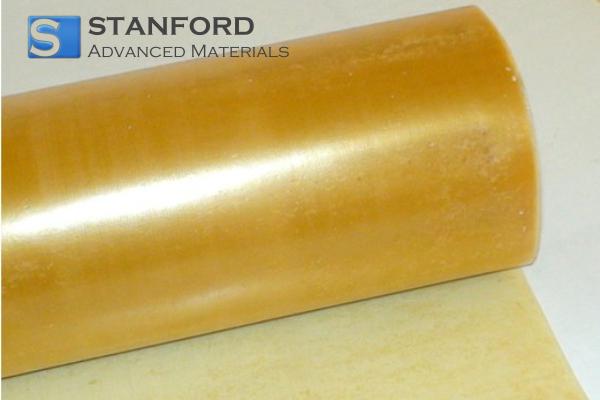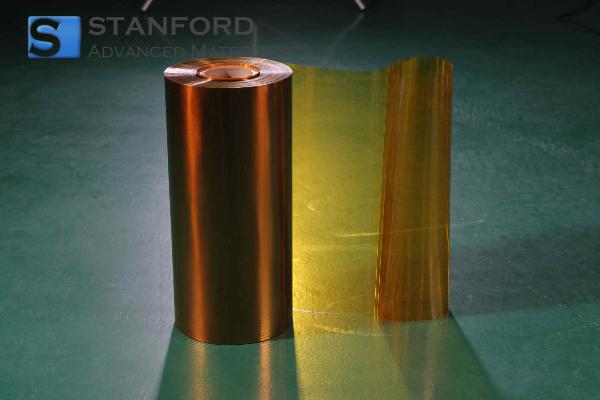Bromine: Element Properties And Uses
Description
Bromine is a halogen element that exhibits distinct chemical and physical properties. It is used in both industry and scientific research to improve performance and ensure the safety of applications.
Introduction to the Element
Bromine is one of the halogen elements, designated by the symbol Br and assigned atomic number 35. It is one of only two elements that exist in a liquid state at room temperature, which distinguishes it from most other non-metal elements. Occurring naturally in seawater and salt deposits, bromine has been documented for centuries and plays an important role in modern scientific and industrial applications.
The reddish-brown colour and high density of bromine have been documented in various technical studies. Its state at room temperature enables its use in specific industrial processes, and its properties have been quantified in multiple scientific evaluations.
Description of Chemical Properties
Bromine exhibits complex chemical properties. As a member of the halogen group, it typically shows oxidation states of –1, +1, +3, +5 and +7 in different compounds. It forms compounds with metals, non-metals and organic molecules. Its ability to act as an oxidising agent has been confirmed in controlled experiments.
In chemical reactions, bromine is frequently used to add a halogen element to organic molecules. This process is critical for the synthesis of compounds utilised in pharmaceuticals and agrochemicals. Bromine also participates in substitution reactions due to its electronegativity. Adequate knowledge of these properties is essential for its safe handling in laboratories and industrial facilities.
Preparation Methods
Industrial extraction of bromine typically begins with naturally occurring sources. Production generally starts with brine or seawater, in which bromide ions are present. Through oxidation processes, these ions are converted to elemental bromine. A common method involves treating bromide-containing solutions with chlorine gas, thereby releasing bromine. Other techniques include electrolysis and the use of oxidising agents to liberate bromine from its compounds.
Over time, these extraction methods have been refined to increase yield and purity. Given that bromine is volatile and corrosive, strict safety protocols are followed. The implemented methods ensure that the bromine produced meets the required quality standards for scientific and industrial purposes.
Common Uses
Bromine is employed in numerous applications. One common use is in the manufacture of flame retardants, where brominated compounds help reduce the flammability of plastics and textiles. Bromine is also used in the synthesis of pesticides and disinfectants, thereby improving water treatment processes and controlling harmful microorganisms.
Bromine is further utilised in the production of photographic chemicals, certain pharmaceuticals and as a catalyst in various chemical reactions. Its reactivity with organic compounds makes it a component in the production of polymers and other modern materials. The diversity of its applications highlights its importance in current industrial and scientific practices.
Related Industrial Products
The chemical versatility of bromine has led to the development of a range of associated industrial products. Brominated flame retardants are a primary product group used to protect electronic devices, furniture and building materials against fire hazards. Other related products include brominated solvents that are used in cleaning and degreasing processes within various manufacturing operations.
Bromine compounds also form a significant part of the pharmaceutical industry, where they are employed in the synthesis of medicinal substances and therapeutic agents. In addition, bromine-containing chemicals feature in agrochemicals that protect crops against pests and diseases. Further information is available at Stanford Advanced Materials (SAM).
Frequently Asked Questions
What is the atomic number of bromine?
Bromine has an atomic number of 35.
How is bromine typically produced industrially?
Bromine is extracted from seawater or brine through oxidation processes, often utilising chlorine gas or electrolysis.
What are the primary uses for bromine compounds?
They are mainly used in flame retardants, pesticides, water treatment chemicals and in the synthesis of organic compounds.
How do the physical properties of bromine influence its applications?
Its liquid state, characteristic colour and high density enable its use in specific industrial processes.
Are bromine compounds used in the pharmaceutical industry?
Yes, several bromine compounds are essential for the synthesis of pharmaceuticals and other therapeutic agents.

 Bars
Bars
 Beads & Spheres
Beads & Spheres
 Bolts & Nuts
Bolts & Nuts
 Crucibles
Crucibles
 Discs
Discs
 Fibers & Fabrics
Fibers & Fabrics
 Films
Films
 Flake
Flake
 Foams
Foams
 Foil
Foil
 Granules
Granules
 Honeycombs
Honeycombs
 Ink
Ink
 Laminate
Laminate
 Lumps
Lumps
 Meshes
Meshes
 Metallised Film
Metallised Film
 Plate
Plate
 Powders
Powders
 Rod
Rod
 Sheets
Sheets
 Single Crystals
Single Crystals
 Sputtering Target
Sputtering Target
 Tubes
Tubes
 Washer
Washer
 Wires
Wires
 Converters & Calculators
Converters & Calculators
 Write for Us
Write for Us




 Chin Trento
Chin Trento



